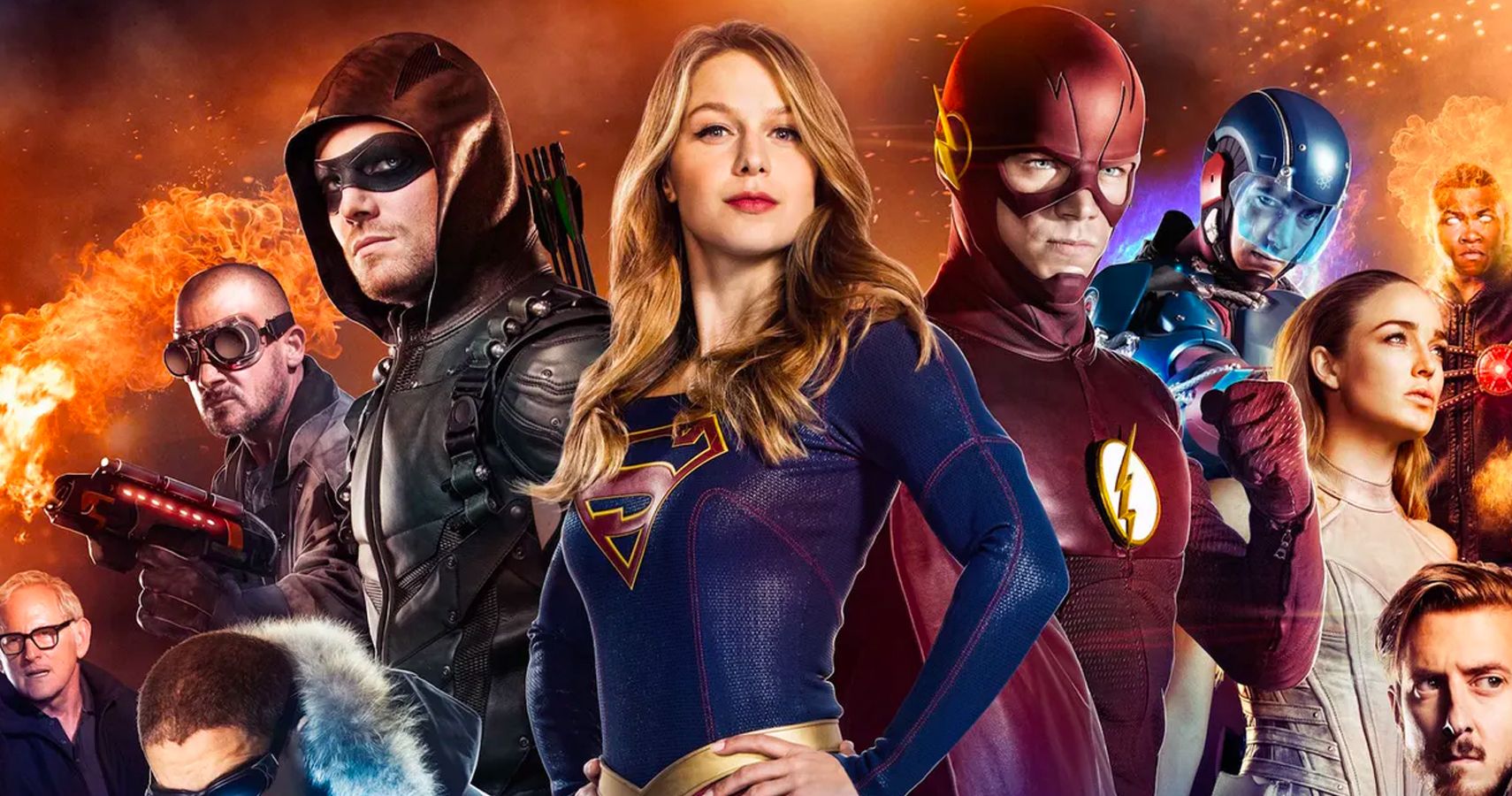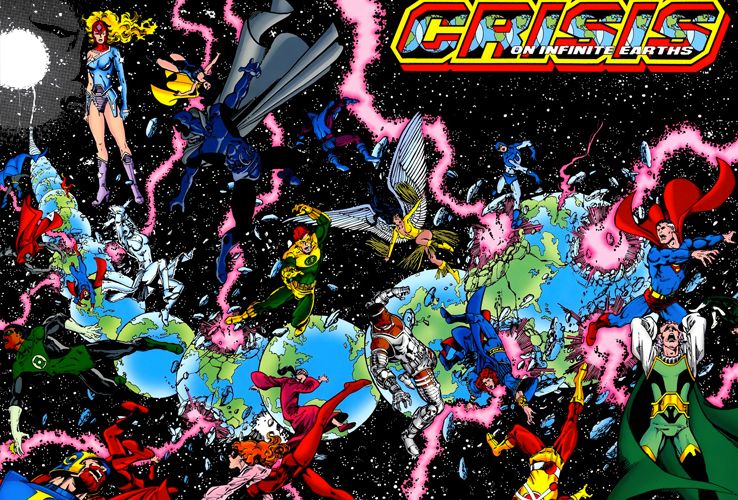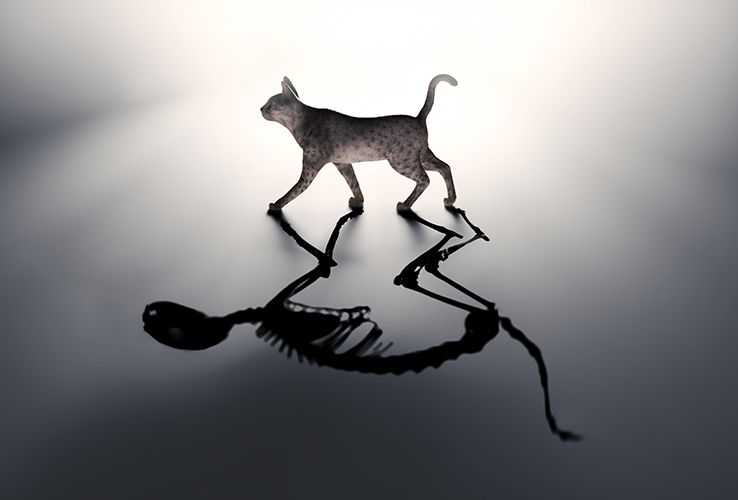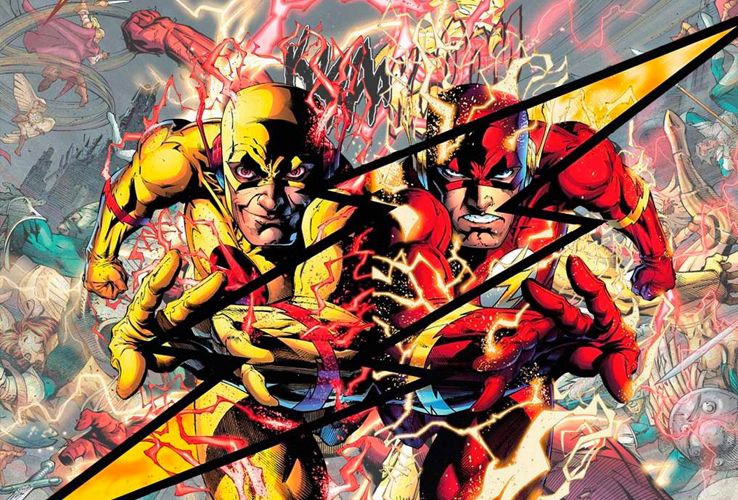In the CW's Arrowverse and the DC Comics canon, interdimensional travel is a well-established plot device that has opened up a world -- or rather many worlds -- of storytelling possibilities that have taken fans to multiple universes, introduced exciting alternative versions of popular characters, and been the central focus of more than one crisis.
With the Arrowverse's Crisis on Infinite Earths front and center in the media this month, many an imaginative fan has considered what it might be like if alternative universes really did exist. And if so, what would an alternative version of them look like? And how different would their lives be?
Imagination aside, though, some real-world scientists theorize that parallel realities, not entirely unlike our own, could exist. So just how close is fictional theory to actual scientific thinking? The Arrowverse's Multiverse works on the basis that each universe vibrates at a different frequency.
Every Earth in the Multiverse is a collection of different possibilities; for instance, Superman and Supergirl exist on Earth-38, while Oliver Queen and Barry Allen exist on Earth-1. The structure and environment of the Earth-1 and Earth-38 realities are very similar. But because the sequence of events on one Earth occurred differently to the way it all happened on the other, the two world's realities and circumstances are not the same.
Vibrational theory isn't the only basis for alternative realities in the Arrowverse. Choice is also a factor that can create other worlds. The Flashpoint timeline in the Arrowverse came into being when Barry Allen went back in time and saved his mother from being killed. The comic book version of Flashpoint was slightly different and a lot more involved, crossing over into pretty much every major DC Universe character's timeline. But the premise was the same at its core.
So, in DC's fictional world, it comes down to different vibrations and different choices. But what do real-world scientists say? Quantum physicists argue that the Multiverse is a very real possibility. And there's more than one theory to back up the claim.
The "Infinite Universe" theory is formed on the basis that the universe is essentially flat, and it stretches out forever through space and time. The idea is, that if the universe goes on "to infinity and beyond," there's a very good chance that, somewhere along the line, it's highly probable that there will be duplication because there are limitations as to how many different ways particles can be arranged.
In other words, somewhere along the line in the infinite realms of possibility, there would have to be another you and another world just like yours, because it's pretty much impossible to go on forever without that happening -- an infinite number of times.
Additionally, scientists say that the "observable universe" extends as far as light can travel, which is 13.7 billion light-years. Beyond the 13.7 billion years, other universes exist. Dark Multiverse or Anti-Matter Universe, anyone? Well, those may be possible. But realistically, there are probably another 13.7 billion light-years in the next universe, and the next, and the next, etc.
The Quantum "Many Worlds" or "Quantum Multiverse" concept is a little closer to the Flashpoint premise. And it started with a simple experiment conducted by Physicist Erwin Schrödinger in the 1950s. The well-known "Schrödinger's Cat" experiment is based on the theory of "Quantum Superposition." Without expanding too much on quantum wave theory, advocates of Quantum Superposition theorize that two or more "quantum states" can exist simultaneously -- like Schrödinger's hypothetical cat.
Schrödinger proposed that if you put a cat in a box (he didn't physically do it) and the box was sealed, you wouldn't know whether the cat was alive or dead. And until it was proven otherwise, the cat was both alive and dead simultaneously.
In terms of parallel universe theory, this means that for every distinct possibility, there is a different reality. These realities supposedly exist in the same time and space as ours but could be different at a molecular (or perhaps "vibrational") level.
Those theories are just the tip of the iceberg. Physicist and String Theorist Brian Greene suggested that there might be nine different types of Multiverse. And together with Cosmologist, Max Tegmark, Greene classified four "levels" of theoretical Multiverses. Russian Cosmologist, Alexander Vilenkin, proposed a "Bubble Universe" theory, which essentially suggests that space is made up of a collection of "pocket" or Bubble Universes that inflate like balloons.
There's more -- way more -- but going into detail on all the parallel universe theories that exist would require a much higher word count than is allocated here. Nonetheless, some undeniable parallels (pun intended) do exist between DC/Arrowverse's fictional theories and real-world theories.
The idea of infinite universes that exist on different planes to ours may not be completely beyond the realm of possibility. And if you're a fan of DC's Dark Multiverse, perhaps somewhere along the line in the never-ending universe, where our observable reality ends and another begins, there could be a dark mirror image of our reality.
Imagine a place where you made different decisions. Perhaps you missed the bus that you met your life partner on in our reality. Maybe you didn't nail that job interview or get into the college you were aiming for. Maybe you're a rockstar or President. Keep imagining and theorizing. The universe(s) is your oyster.




